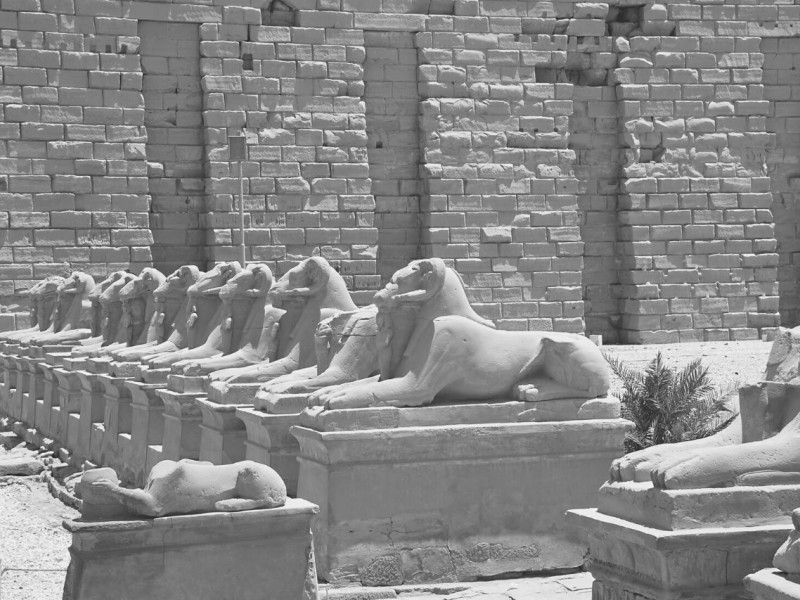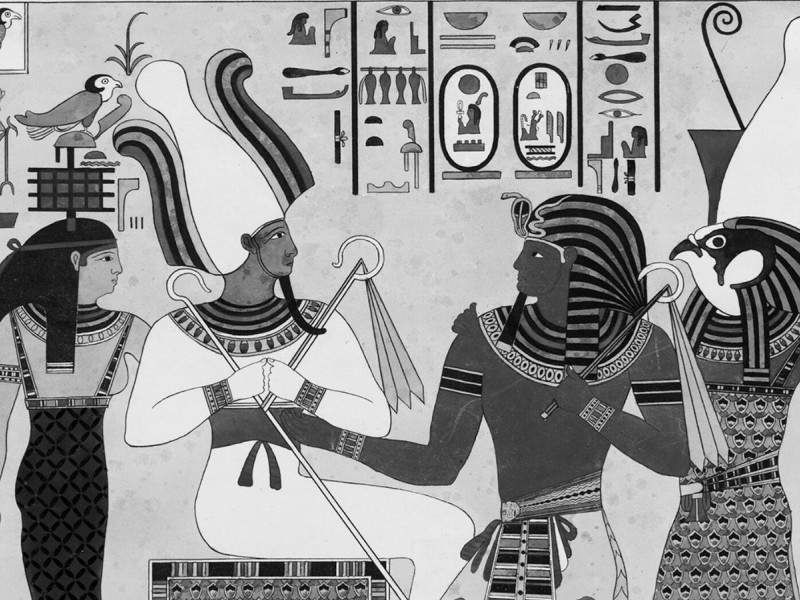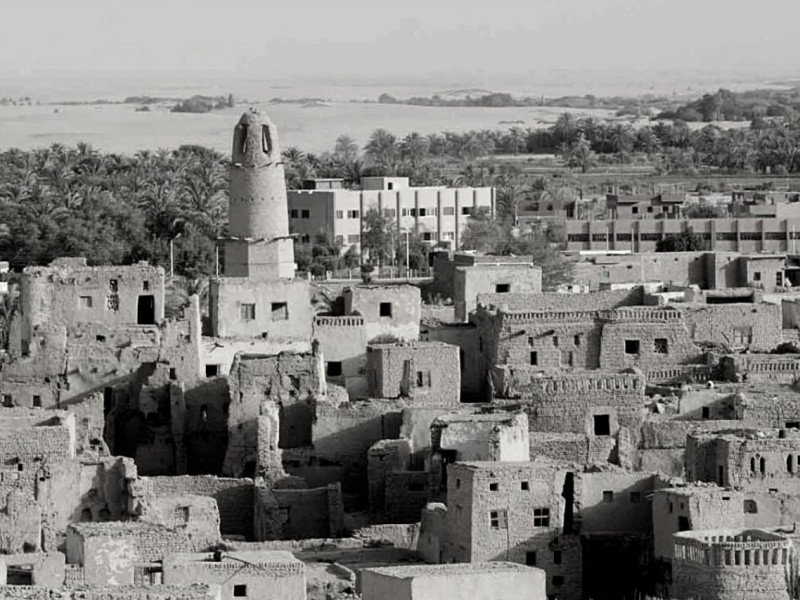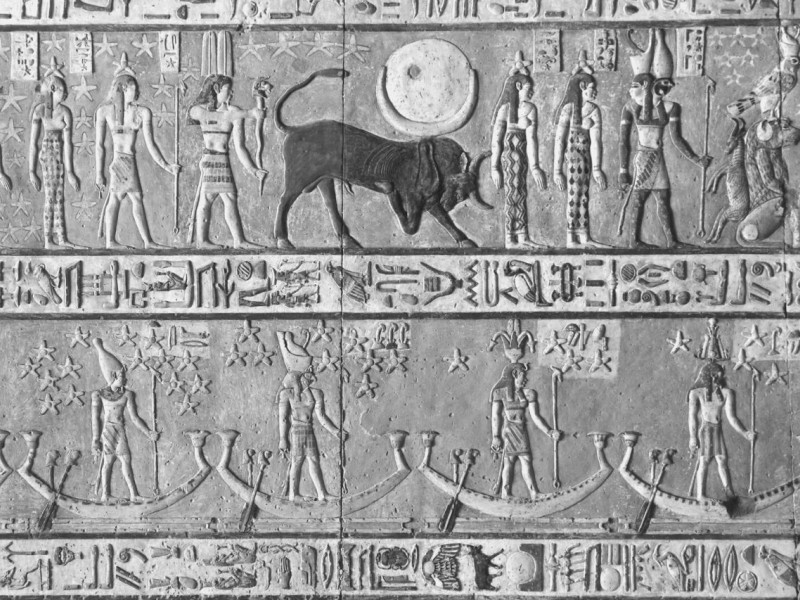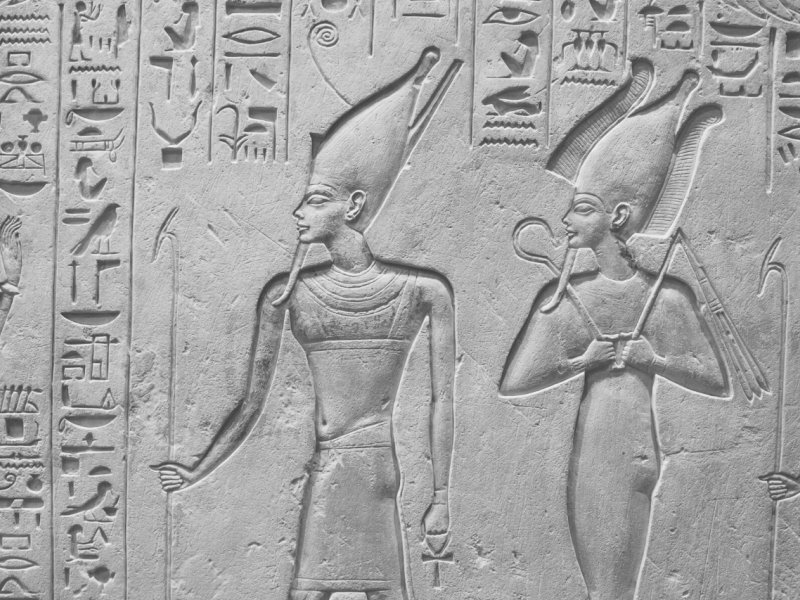What Purpose Do the Obelisk of Senusret and Other Obelisks Serve Now?
The obelisk of Senusret was an edifice to celebrate Senusret, a king of the Twelfth Dynasty. What was the original purpose of obelisks? Why do people still build obelisks today? Read on to discover the purpose of the Senusret obelisk and other ancient Egypt obelisks.
What Purpose Do the Obelisk of Senusret and Other Obelisks Serve?
The purpose of the obelisk of Senusret and other obelisks was to commemorate a king, a god, or an event. The obelisk of Senusret was built to honor King Senusret I, a monarch of the Twelfth Dynasty. At first, the purpose of these huge structures was to glorify the god Ra.
Soon after, the Egyptian people would build obelisks in honor of their other heroic kings as well.
Who Senusret Was and the Purpose of His Obelisk
Senusret was one of the most powerful monarchs. His rulership oversaw the extension of Egypt into Nubia. His kingship also supervised the refurbishment of the Re-Atum temple in Heliopolis. He brought the Twelfth Dynasty to the height of prosperity during his reign. Thus, the ancient Egyptians built the obelisk in his honor.
Description of The Obelisk of Senusret and Its Current Location
The obelisk of Senusret stands at a height of 43 feet. It was in a village called Abgig. The ancient edifice remained in its original position until the 1800s. A tourist and artist from France, Jomard, discovered the obelisk lying in ruins.
The Egyptian authorities transported the obelisk in 1970 to its current location. It’s there that the Ministry of Tourism and Antiquities in Egypt reconstructed the ancient pillar.
Located in Al-Masallah, it is the oldest obelisk in history. It is also the only surviving monument from the era of Heliopolis. It was a part of the temple of Re-Atum and made of granite. Senusret built this elegant structure to celebrate the 30th year of his reign.
The Purpose of Obelisks Throughout the History of Ancient Egypt
The obelisks had multiple purposes, some of which were deliberate and others were coincidental. Their deliberate purpose was to serve as Egyptian commemorative pillars. The coincidental use of the pillars was to track the movement of the sun and mark time.
Egyptians Used Obelisks to Tell the Time of the Day
The ancient Egyptians, around 3500 BC, used the shadow of the obelisks to tell time. They did this by observing the shadows cast by the tall structures. Long shadows at the beginning of the day indicated morning. Short shadows signified afternoon and longer shadows meant evening had come.
Ancient Egyptian obelisks inspired the building of the first handy sundial. The small sundial was about a foot long and had an elevated center. The Egyptians could tell time by pointing the portable sundial towards the sun.
How the Purpose of Obelisks Evolved in Ancient Egypt
As we have already mentioned, the ancient Egyptian commemorative pillars honored the gods. However, that was not their original intention. The ancient Egyptians constructed the first obelisks around 2300 BCE and their main purpose during that time was to ensure the resurrection of the dead by attracting the rays of the sun towards the edifice.
In Obelisk geometry, there was a pyramidion on top of the shaft. This represented the rays of the sun. The ancient Egyptian hierarchy believed light from the sun signified life. This light, they believed, would ensure the rebirth of the dead.
Thus, they placed obelisks at the entrances to tombs.
The monarchs of the fifth dynasty added new meanings to the obelisks. They erected the obelisks to revere the sun god Ra, and that’s why later, the Egyptians associated the obelisks with kingship. Then they symbolized the connection between the king and Ra, through the shaft of the obelisk that characterized the sun god.
The Symbolism of Obelisks in Ancient Egyptian Civilization
The obelisk of Senusret and other obelisks symbolized various events. These events were central to ancient Egyptian tradition and culture. They represented how the Egyptians viewed life and death. The obelisks were also linked to ancient Egyptian hierarchy and religion as we mentioned earlier.
Egyptian Obelisks Symbolized the Birth of Life
The obelisks were a symbol of life. They embodied the mound that the God Atum stood on to create humans. The mound, called Benben, was part of the obelisk structure. It also characterized an ancient Egyptian bird called Benu.
Benu was responsible for rousing creation by letting out a loud cry. Its cry helped to set in events that culminated in life. Benu also symbolized the end of life. Its cry also signified death.
Over the years the bird also came to symbolize the god Ra. Thus, Benu became the symbol of life and death. Guess what became the symbol of Benu; an obelisk, of course!.
Obelisks Symbolized the Resurrection of the Dead
Obelisks also symbolized resurrection. The pointed pyramidion atop the structures was to pave way for the sunshine, and sunshine embodied life in ancient Egyptian culture, thus obelisks paved way for the sun to shine on the dead. The ancient Egyptians believed this action would lead to their resurrection.
This belief influenced the Egyptians to mount obelisks at burial grounds. They did this in hopes that their deceased loved ones would come back to life.
Obelisks Taught the People of Ancient Egypt to Live Harmoniously
The ancient Egyptians built the obelisks in pairs and this was to symbolize unity and living in harmony. It reminded the Egyptians to look beyond their differences and see themselves as one. This symbol came after years of upheavals in the land.
The ancient Egyptians had a history of conflicts. These conflicts had many underlying factors including social class and economic wars. To make the kingdom even greater, the Egyptians had to unite, so what better symbol would bring this union than the dual obelisks!
Obelisks Represented the Strength and Victory of the Egyptians
The obelisks also depicted the strength and resilience of the people. Making an obelisk was no easy task. It took about seven months to complete one, as the sculptors carved out the structure from a single stone.
Transporting it to its location was also a herculean task. It took several men to cart the stone from the quarry to its destination, yet the hard labor of creating and moving the obelisk ended up signifying life’s constant struggles. Moreover, it’s also natural that the successful completion of the obelisk signified victory.
How the Philae Obelisk Helped Ancient Egyptian Scholars Translate Hieroglyphics
Until the 1800s, scholars could not translate the hieroglyphics. It took a French expert to crack the code and make hieroglyphics translatable. The expert, Jean-Francois Champollion, managed to decode the hieroglyphics imprinted on the Philae obelisk first.
He first decoded the word Ptolemy inscribed on the Rosetta stone. Later, he used the clues from decoding the Rosetta stone to decrypt the Philae obelisk. This breakthrough gave Egyptologists an insight into life in ancient Egypt. Through this moment of translatory revelation, scholars are able to now translate hieroglyphics and understand ancient Egyptian philosophy and culture.
Other Obelisks Around The World and Their Purpose
Today, many societies have constructed modern obelisks. Some hold the same purpose as that of Senusret and the ancient Egyptian kings. Others serve a different purpose altogether. Here are a few obelisks and their purpose in the modern world.
The Washington Monument
The most significant of modern obelisks is the Washington Monument. It holds the record for the tallest obelisk around the globe. The construction of the obelisk began in 1848 and finished in 1888. Its purpose was to pay honor and homage to President George Washington.
Obelisco de Buenos Aires
This obelisk, located in the capital city of Argentina, is 246 feet high. Its construction took place in over three months in 1936. The then-mayor of Buenos Aires, Mariano de Veda y Mitre, oversaw its construction. Its purpose was to celebrate the 400th anniversary of the city.
Minsk Hero City Obelisk
The purpose of this obelisk bears similarity to that of the ancient Egyptians. Erected in the capital city of Belarus, the obelisk’s purpose is to celebrate the bravery of the city. Hence its name Hero City Obelisk. The year 1985 saw the commissioning of the obelisk to celebrate victory in World War II.
The National Monument of Jakarta
Another obelisk built to celebrate freedom is The National Monument of Jakarta. It is 433 feet tall and stands in the middle of Merdeka Square. It took about 14 years to finish the construction of this obelisk. On top of the obelisk is a bronze flame that embodies the spirit of freedom.
Thus, the National Monument is a token of freedom for the people of Indonesia. To the people of Indonesia, it also represents a reminder of what they can achieve if they are resilient.
Summary
So far, we’ve discussed the purpose of the Senusret obelisks and other obelisks worldwide. Here is a summary of what we have covered:
The ancient Egyptians built the obelisk of Senusret to immortalize King Senusret I.
At first, Egyptians erected Obelisks to honor their gods.
Also, obelisks signified resurrection, that’s why ancient Egyptians built them in cemeteries.
Construction of the obelisks was labor-intensive and took years to complete.
Obelisks represented significant symbols for the people of Egypt.
Ancient Egyptians used obelisks to tell time.
Obelisks influenced the first movable sundial.
Some modern purposes of obelisks include the celebration of freedom.
The ancient Egyptians intended to venerate their gods by building obelisks, and later these huge edifices took on other purposes like the telling of time and the resurrection of the dead. Through this article, you’ve gathered all the knowledge there is about Senusret and other obelisks in the world!




